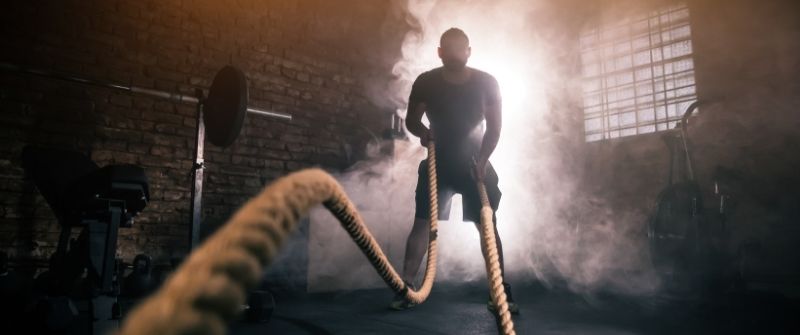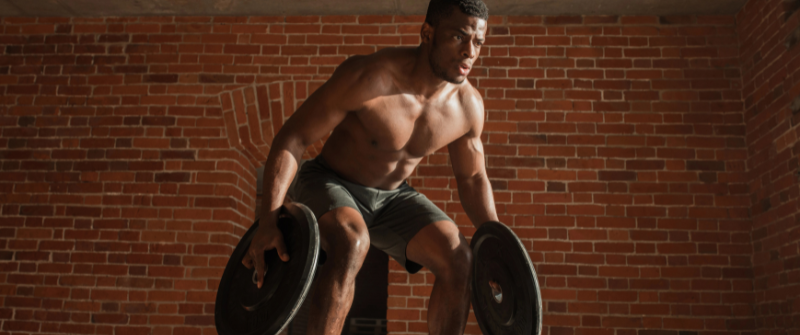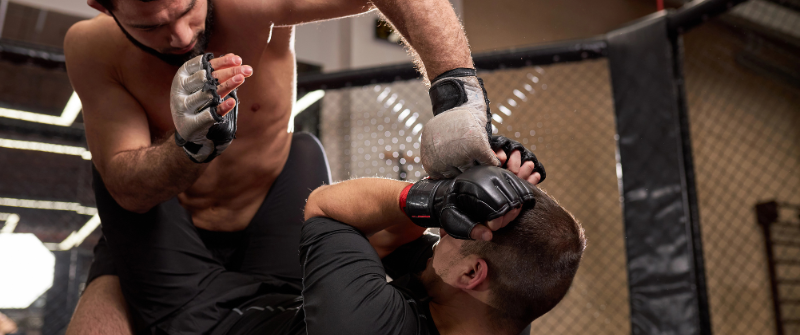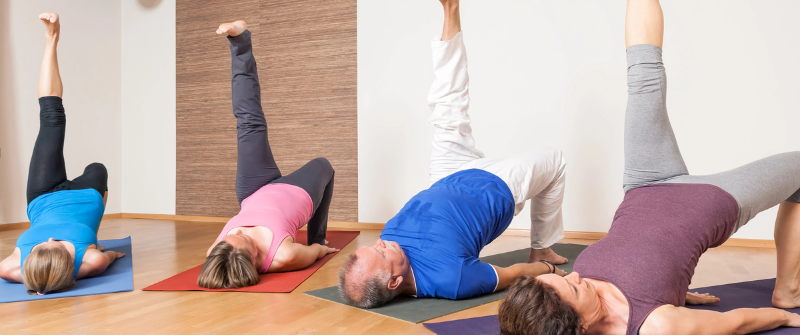
4. Accessible Location
The building itself needs to be easily accessible to all your customers. If your gym is in the heart of a busy city, make it easily visible for customers making their way on foot. Your parking lot should also be easy to enter, with clear parking space lines and no parking fees.
Bright signage is also important, especially if your gym is a 24-hour facility. A location with good visibility and distinct signage may also cut down your advertising costs. Marketing your gym on billboards can be expensive, and paper signs placed around town can be hard for people to see.
A gym that's easily accessible on foot is also more likely to attract impulse customers. A quick workout can be the perfect way for someone to relieve stress during their lunch break.
5. Age and Construction of the Building
Once you have picked a good location, consider the actual building that will house all your equipment. Older buildings may have more outdated utilities. Old electrical or plumbing systems will need to be replaced sooner than those in a new building.
Both the inside and outside of the building should also appear to be in good shape. Peeling paint or a crumbling facade could indicate some structural damage. Additionally, people are less likely to visit your gym if the building looks shoddy.
6. High Ceilings
If you have tall workout machines or a large rock climbing wall, a high gym ceiling is a must. If your gym's ceiling is too low, it can make create a claustrophobic atmosphere for your customers. Additionally, you'll have better air ventilation with a higher ceiling. Nobody will want to work out at your gym if the smell of sweat lingers in the air for too long.
A higher ceiling also lets in more natural light. Natural sunlight yields a lot of health benefits, such as improving a bad mood and encouraging the absorption of Vitamin D. If your location doesn't have a high ceiling, large windows can let the sunshine in just as well.

7. Adequate Space
A large general training area is good, but a tightly-packed crowd can scare some customers away. When people don't have enough space to work out, it's a potential safety hazard. A good commercial gym should also have enough room for:
- A front desk and waiting area
- A dedicated changing and shower area
- Each piece of equipment
- Each customer to have their own personal space (usually 10 square feet)
It might be tempting to seek out a larger building if you're anticipating a lot of traffic. However, doing so puts you at risk for costs beyond what you can afford. It's better to start with a smaller building and think about expansion later.
8. A Qualified Property Manager or PEO
Opening and operating your gym can be expensive, especially when you don't have many customers yet. One way you can cut down maintenance costs is by finding a location with a property manager. If some part of the building needs to be fixed, the property manager will pay for it from their own pocket.
New gym owners might also have trouble paying their employees and finding the best benefits for their team. A PEO can help manage these tasks so that managers can stay focused on the growth of their business.
Finding the best location is only the beginning of a successful gym. For everything else, like buying insurance and leasing equipment, NEXO Fitness Solutions is here to help. Visit our online blog or
for more information.



%20(1).png)


%20(1).png)
